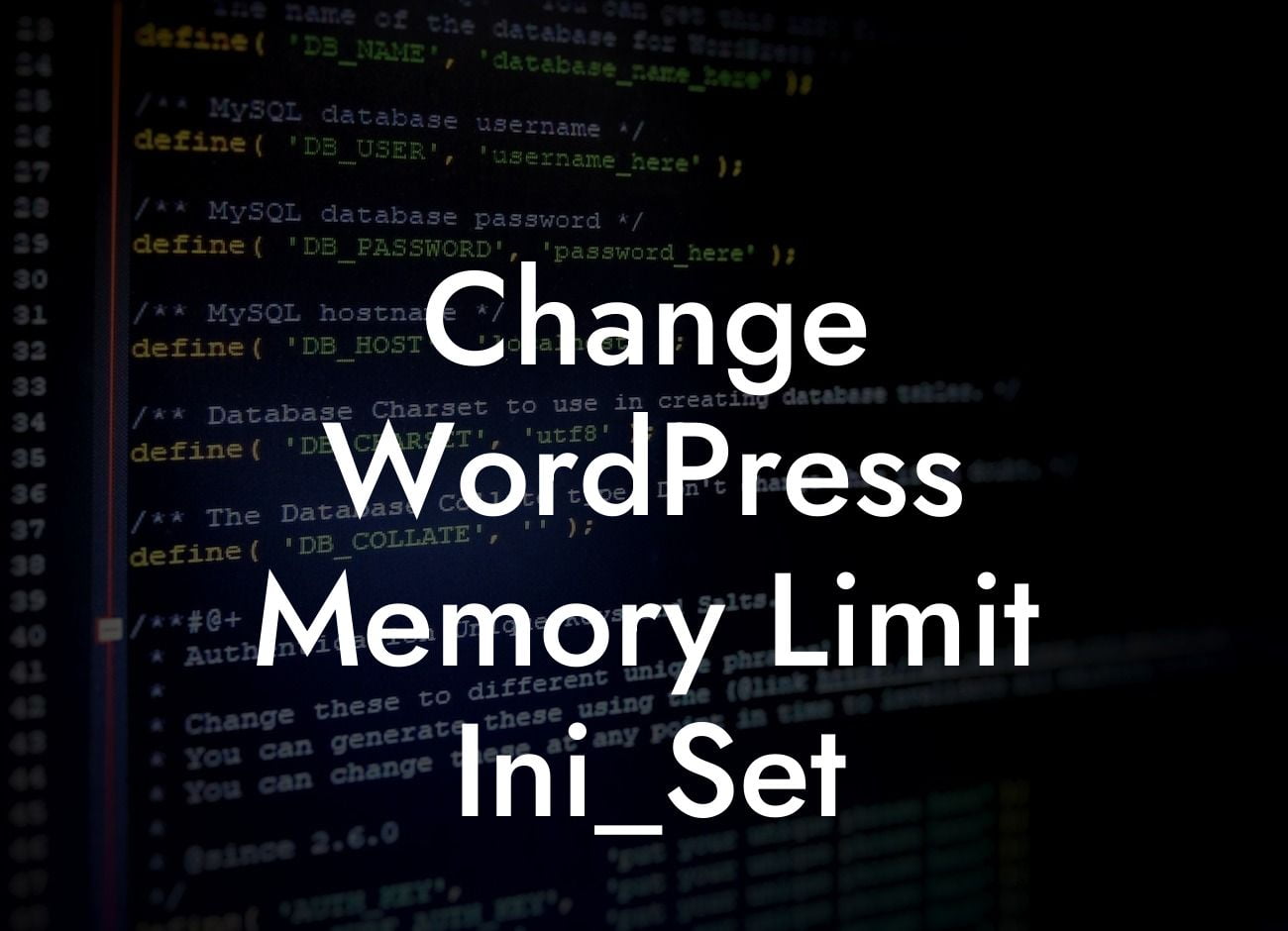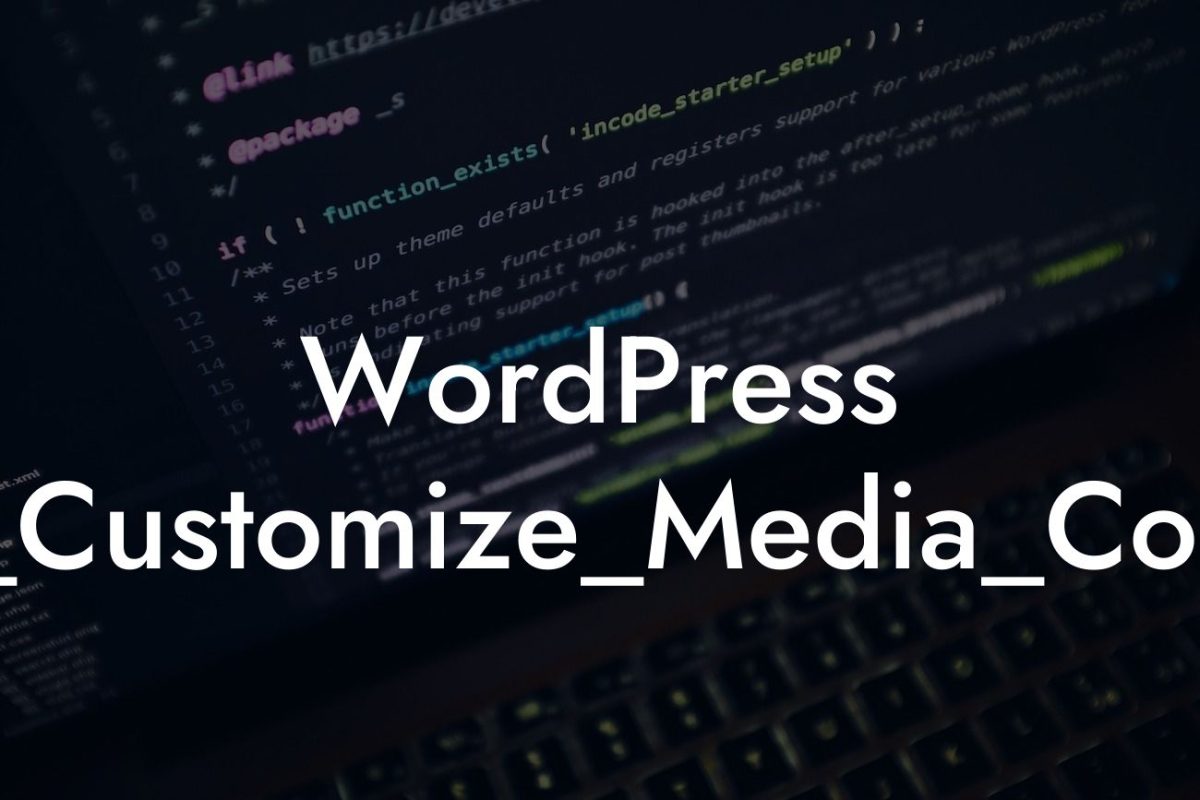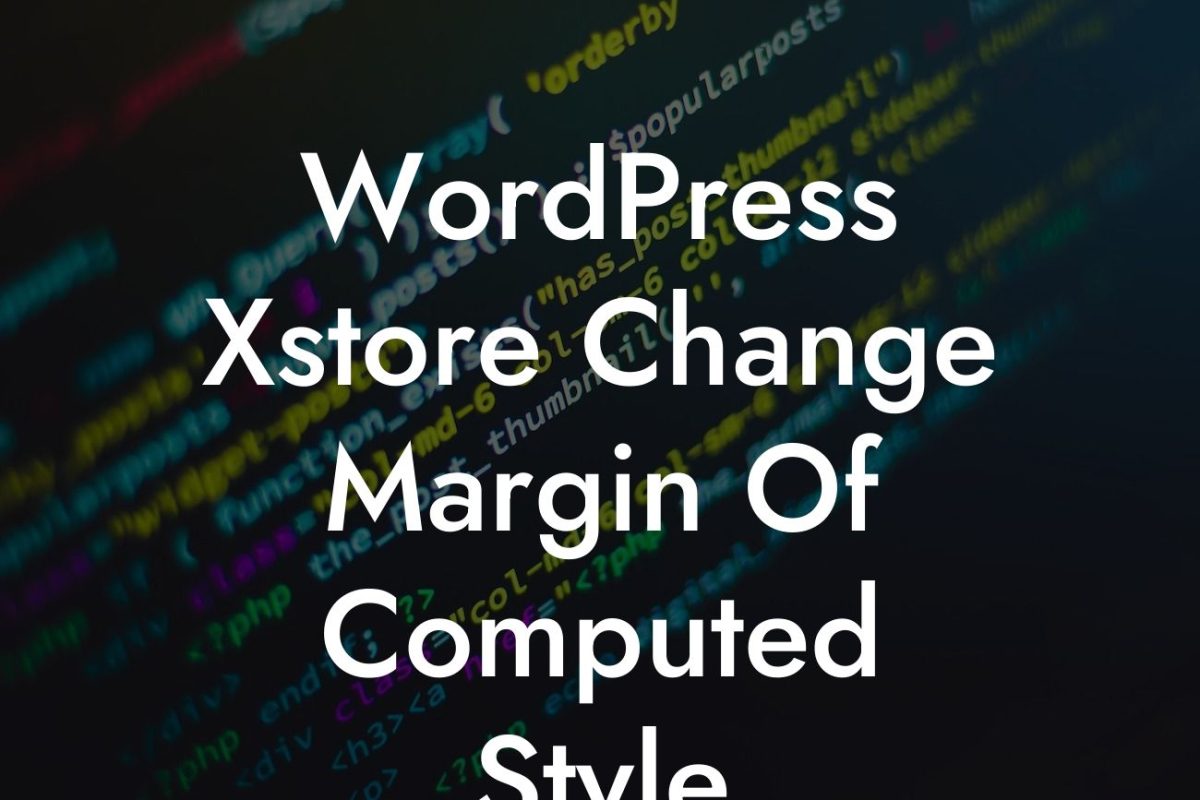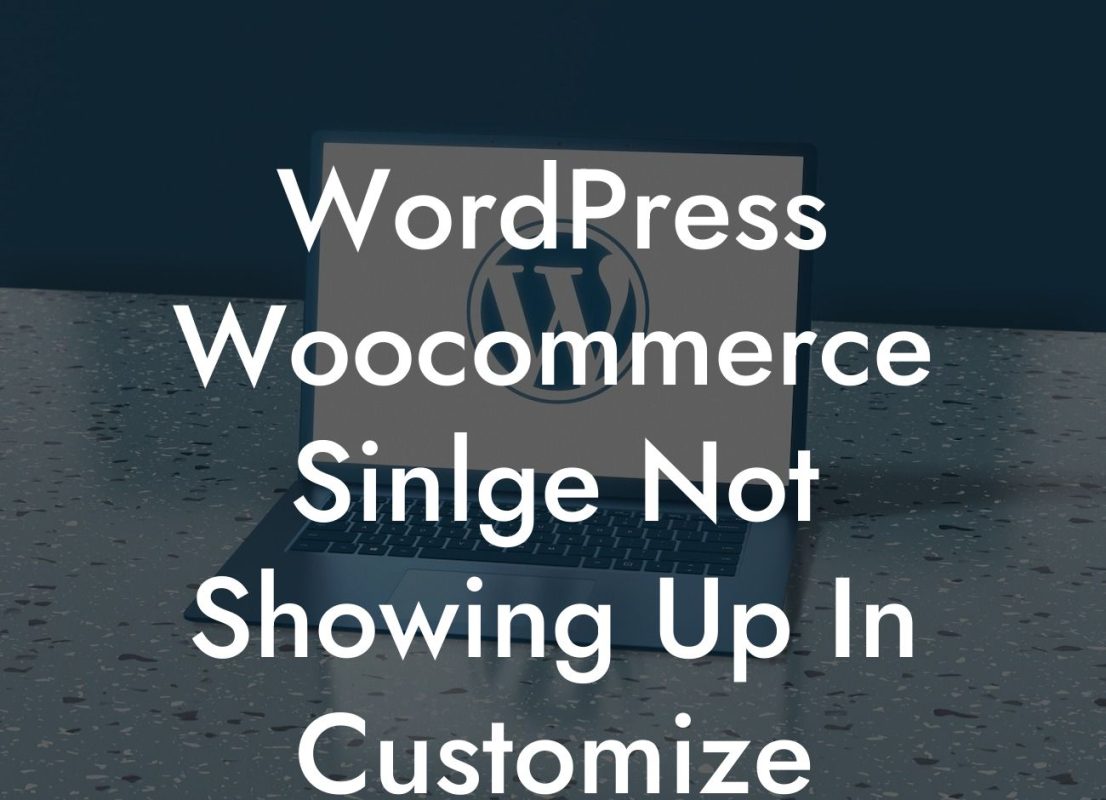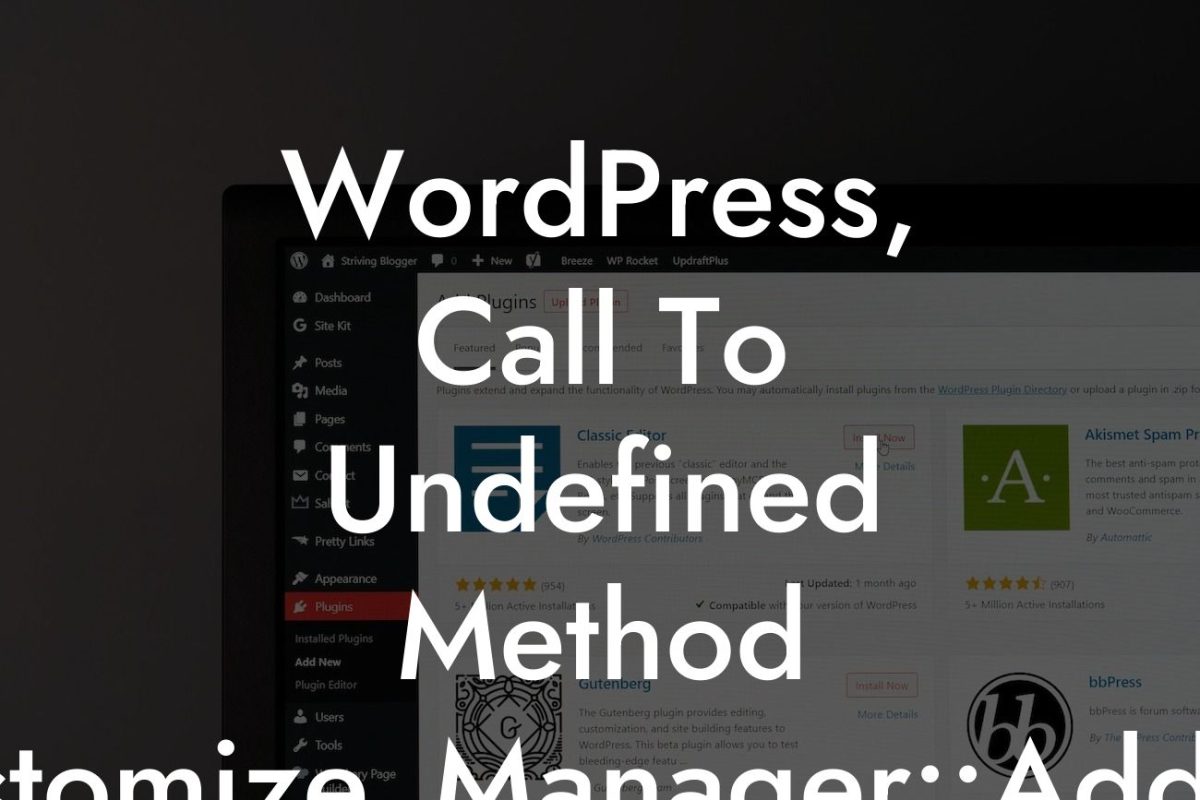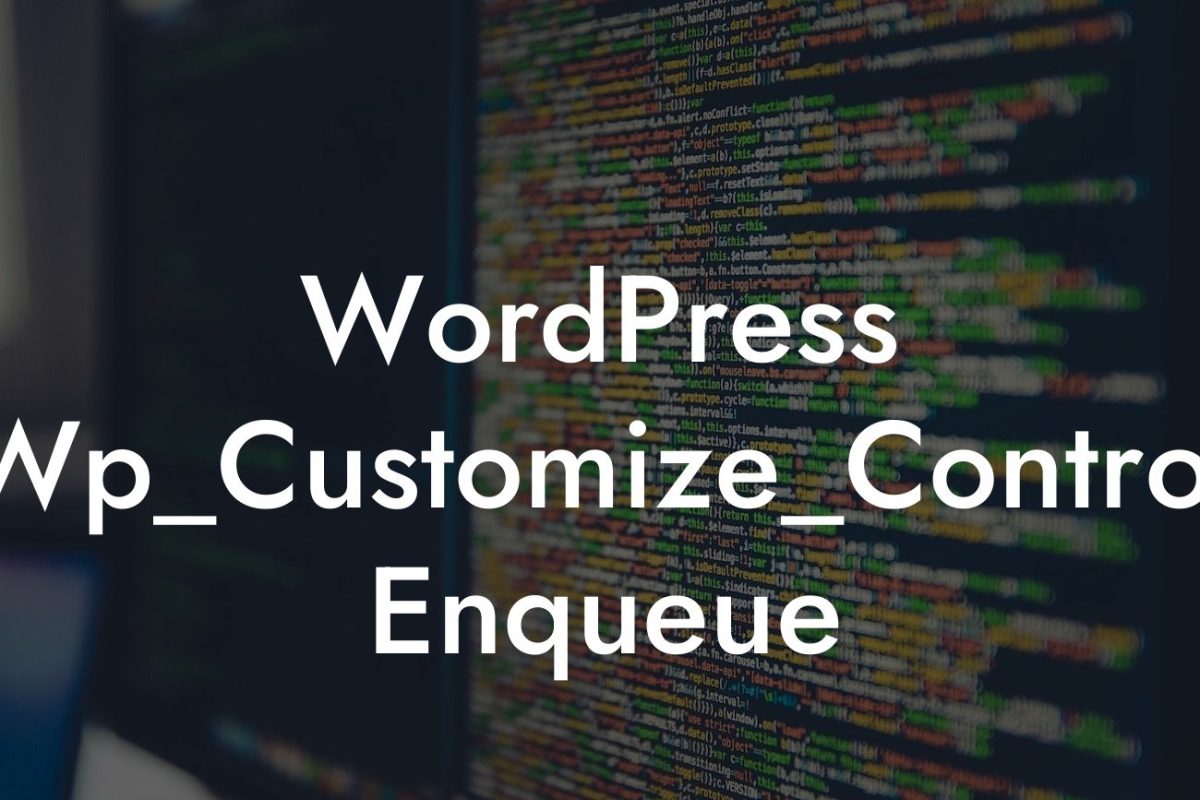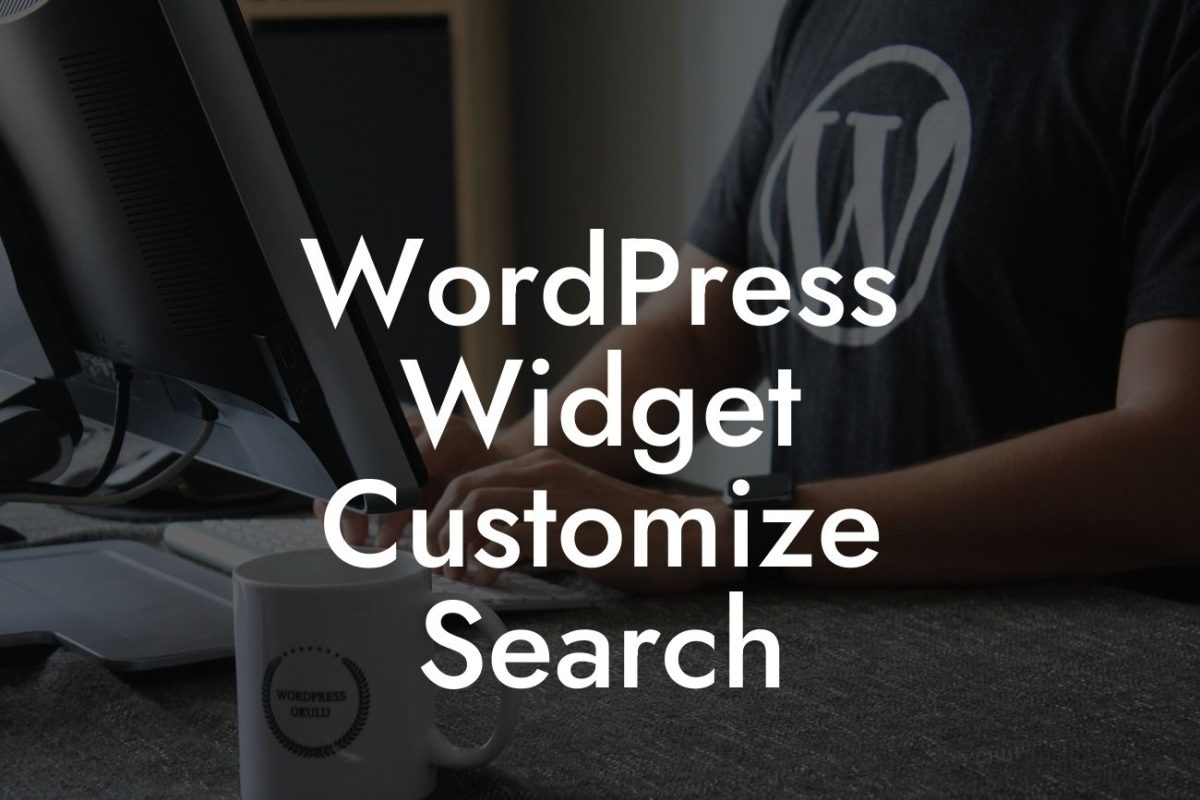Are you facing sluggish performance and frequent memory exhausted errors on your WordPress website? If so, you've come to the right place. In this guide, we will show you the simple yet effective method to change the WordPress memory limit using the ini_set function. By increasing your memory limit, you can enhance your website's speed, stability, and overall performance. So let's dive in and boost your WordPress!
Changing the WordPress memory limit is a crucial step in optimizing your website. It allows your site to allocate more memory resources, preventing crashes and improving the user experience. Here's how you can do it:
1. Understanding the Memory Limit:
Before we jump into the method, let's understand what the memory limit is. By default, WordPress sets a minimum memory allocation for your website. This limit determines how much memory your WordPress site can utilize. When this limit is reached, you may face performance issues and encounter memory exhausted errors.
2. Identifying the Current Memory Limit:
Looking For a Custom QuickBook Integration?
To proceed with changing the memory limit, you need to first identify the current limit set on your WordPress site. You can accomplish this by accessing the System Status page in your WordPress admin area or by using a plugin like WP-Serverinfo.
3. Determining the Suitable Memory Limit:
Once you know the current memory limit, you need to determine the suitable memory limit for your site. This depends on various factors such as the size of your website, the number of plugins and themes installed, and the volume of traffic it receives. A general recommendation is to set the memory limit to at least 256MB or higher for optimal performance.
4. Changing the Memory Limit using ini_set:
Now that you have determined the appropriate memory limit, you can change it using the ini_set function. This function allows you to modify the memory limit directly from your WordPress code. Simply add the following line of code to your wp-config.php file:
ini_set('memory_limit', '256M');
5. Verifying the Changed Memory Limit:
After adding the code, you need to verify whether the memory limit has been successfully changed. You can do this by accessing the System Status page in your WordPress admin area or by using the WP-Serverinfo plugin. If the new memory limit is reflected, congratulations! You've successfully optimized your website's memory allocation.
Change Wordpress Memory Limit Ini_Set Example:
Let's say you run a photography blog with a wide range of high-resolution images and resource-intensive plugins. Your current memory limit is set to 128MB, causing your website to slow down and occasionally crash. By following the steps outlined in this guide, you decide to increase the memory limit to 512MB. As a result, your website becomes faster, more stable, and can handle increased traffic without any issues.
Congratulations on learning how to change the WordPress memory limit using the ini_set function. By optimizing your website's memory allocation, you've taken a significant step towards improving your online presence. Explore other informative guides on DamnWoo to enhance your WordPress knowledge further. And for a truly extraordinary website experience, consider trying one of our awesome WordPress plugins. Don't forget to share this article with fellow website owners who can benefit from these insights. Together, let's elevate the standards of online success!

